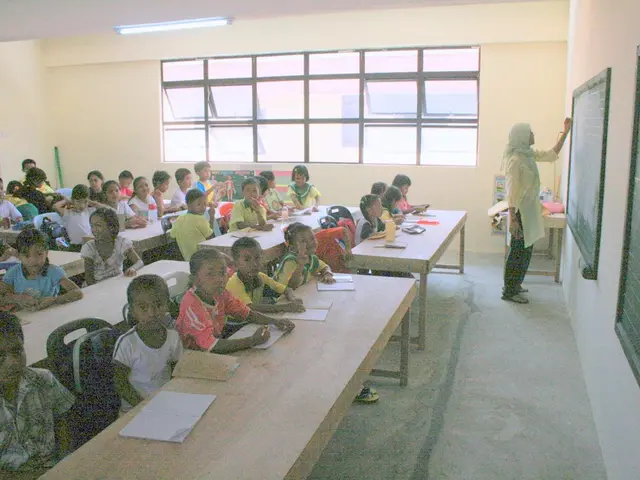Insights into Lebanon's Financial Predicament
In Lebanon, the economic landscape has been marred by a series of challenges over the past few years. The crisis, which began in 2019, has caused the value of the Lebanese pound (LBP) to depreciate an alarming 98%. This depreciation has had a significant impact on various sectors of the economy.
One of the most affected sectors is the banking industry. In 2019, banks in Lebanon collapsed, restricting investors from extracting more than the equivalent of $100 a month. This has led to a financial crunch, making it difficult for businesses to operate and for people to manage their daily expenses.
The COVID-19 pandemic, which hit Lebanon in 2020, further exacerbated the situation. The tourism industry, which accounts for 18% of the economy, was severely impacted. Between September 2019 and February 2020, 785 restaurants and cafes, along with their 25,000 employees, lost their jobs.
The economic crisis has also led to a surge in the cost of electricity. Many Lebanese households hire generator companies to provide them with power due to the collapse of the country's only electricity grid. The generator mafias make over $2 billion in revenue annually, while the state's power firm has accumulated $40 billion in debt since 1992.
In an attempt to stabilise the LBP, the Banque du Liban (BDL) tied the LBP to the U.S. dollar after the end of the Lebanese Civil War (1975-1990). However, the head of the BDL raised the bank's annual interest rates up to 20% to attract dollars, which led to a Ponzi scheme. Key individuals involved in this scheme included central bank governor Riad Salameh and various Lebanese banks that facilitated the cycle of financial transactions to cover up losses.
The BDL has also been providing low-interest loans for solar projects in Lebanon. Many Lebanese households are opting for solar energy due to the falling cost of solar panel installation. This shift towards renewable energy sources is a positive step towards energy sustainability in the country.
The economic crisis has also affected the waste management sector. The Lebanese government cannot afford to collect half the country's garbage, and it is left to collect on the streets as a result. This is yet another indication of the widespread impact of the economic crisis on various sectors of the economy.
Lebanon is a small country that relies heavily on imports for most of its consumption. With the depreciation of the LBP, the cost of imports has increased, further straining the economy. As a result, 45.7% of Lebanon's GDP, nearly $10 billion, has become a dollarized cash economy.
The economic crisis has led to large and violent protests, known as the '17 October Revolution,' in October 2019. The protests were a result of the people's frustration with the government's inability to address the economic crisis and improve living conditions.
Despite the challenges, there is hope for Lebanon's future. The shift towards solar energy and the potential for economic recovery are signs of resilience in the face of adversity. The country's economy was initially sustained by lucrative tourism and financial industries, financed mostly by foreigners. With the right policies and investments, Lebanon has the potential to rebuild and thrive once again.








